Introduction — Why Choosing Five Works Matters
Deciding which five pieces to present for your AP Art portfolio is one of the most important creative and strategic decisions you’ll make in your high school art career. These five works are not just individual accomplishments — together they tell a story about your skills, ideas, experimentation, and growth. Think of them as a short, powerful exhibit that needs to make an immediate, memorable impression.
Whether you’re aiming for a score that impresses the AP readers or preparing a curated selection for college applications, this guide walks you through a practical, human-centered approach to selecting, refining, photographing, and presenting the best five pieces from your body of work.
Start with Purpose: What AP Readers Want to See
The AP Art portfolio evaluates artistic inquiry, technical skill, and the ability to sustain and develop a personal visual investigation. In plain terms, readers look for: clarity of ideas, consistent craftsmanship, evidence of experimentation, and a personal voice that grows across works. Your job in choosing five works is to present a mini-collection that makes those qualities obvious.
Checklist: Qualities to Prioritize in Each Candidate Piece
- Conceptual Clarity — Does the piece communicate an idea or prompt questions?
- Technical Proficiency — Is the medium handled confidently and intentionally?
- Distinct Voice — Would a reader recognize this as yours?
- Relation to Other Works — Does it sit well in a group, adding contrast or continuity?
- Evidence of Process — Can you show sketches, photos, or notes that reveal development?
- Presentation Potential — Will it reproduce well in photography for submission?
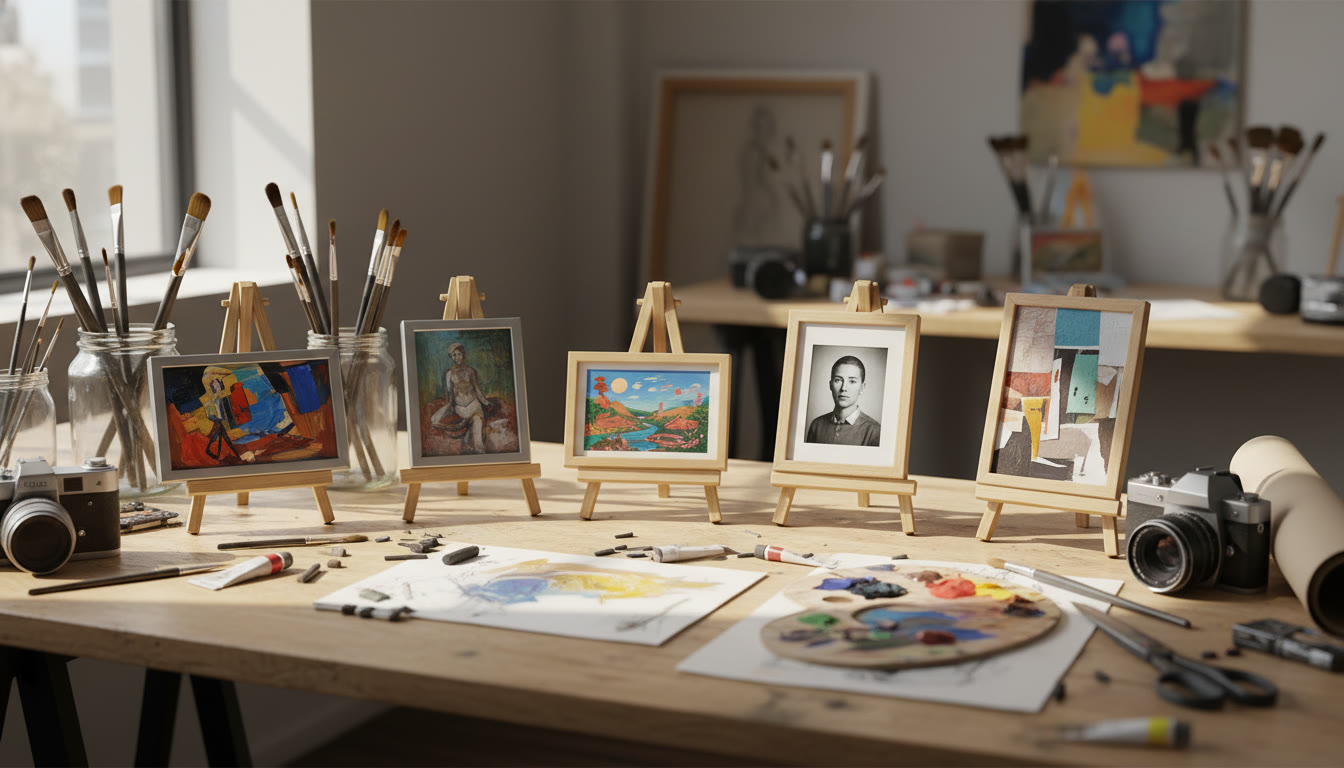
Step 1 — Audit Your Entire Body of Work
Before you pick favorites, do a quick audit. Spread out all your work (physical or digital) and categorize each piece in three buckets:
- Definitely Keep — Works that clearly satisfy multiple checklist items.
- Maybe — Pieces with strong parts but needing revision, re-photographing, or contextual support.
- Discard or Archive — Works that don’t align with your portfolio theme or feel incomplete.
This audit helps you avoid emotional bias and spot patterns: are you repeating the same compositional solution? Do you have a range of media or are you strongest in one area? The goal is to assemble five works that together portray range and depth, not just five technically strong paintings that all look the same.
Step 2 — Build a Cohesive Narrative
A portfolio of five works should feel intentional. Think of three ways to create cohesion:
- Theme or Concentration — A unifying concept (identity, environment, memory) that each piece relates to.
- Formal Elements — Repeat color palettes, textures, or compositional devices across works.
- Process Thread — Show how a method (e.g., monotype, mixed-media layering) evolves in complexity.
Choose the thread that best reflects your artistic voice. If you can justify the relationship in a short artist statement, it will strengthen the reader’s understanding and appreciation of the set.
Exercise: One-Line Description
For each potential piece, write one line that explains its role in the portfolio (e.g., “Anchoring composition exploring color memory” or “Experimental print where texture became concept”). If you can’t describe it in a sentence, ask whether the piece needs more development or documentation.
Step 3 — Balance Skill and Experimentation
AP readers value both technical skill and creative risk. Your five works should reflect that balance. A strong approach is:
- Two technically polished pieces that show control and refinement.
- Two exploratory works demonstrating experimentation and problem-solving.
- One piece that connects or elevates the other four — a mature synthesis of idea and technique.
This 2-2-1 framework isn’t a rule, but a helpful guide. If you’re a sculptor who wants three experimental sculptures and two finished drawings, make sure the experimental pieces still show evidence of deliberate decision-making rather than accidental outcomes.
Step 4 — Consider Medium and Scale
A varied portfolio often reads better than a single-medium set, but consistency can be powerful too. Think about how the camera will capture each medium and the scale relationship between pieces. For example, a tiny, intricately detailed watercolor might get lost next to a large charcoal drawing unless photographed carefully.
Practical Tips for Mixed Media
- Photograph three-dimensional work from multiple angles; select the view that best communicates form and surface.
- Plate or flat artwork should be evenly lit to avoid color shifts.
- Include close-up detail photos selectively to highlight technique (these can be useful in the development or supporting images if required).
Step 5 — Sequence for Maximum Impact
Once you’ve chosen the five pieces, plan the order. Sequencing controls the narrative flow and emotional arc.
- Lead with a strong, clear piece that introduces your voice.
- Follow with a contrasting work to show range (e.g., a bright painting then a moody drawing).
- Place experimental or process-heavy works in the middle where curiosity can be sustained.
- End with your most resonant piece — often the one that best synthesizes theme and skill.
Imagine a real gallery visit: the first work gets attention, the middle deepens engagement, and the final work leaves the lasting impression.
Step 6 — Document Process and Development
AP portfolios reward visible creative growth. Even if you can only submit five main works, keep strong documentation: preliminary sketches, mockups, revision photos, annotated notes, or short process photographs. These don’t replace the final works, but they add essential context that helps readers understand your choices.
How to Present Process Material Cleanly
- Organize process evidence chronologically.
- Choose 2–3 images per work that show meaningful development—don’t overload with every step.
- Label each process image briefly (e.g., “Sketch 3: compositional shift”).
Step 7 — Artist Statement and Labels
Write concise artist statements for the body of work and for individual pieces if prompted. The statements should:
- Reveal intent without over-explaining.
- Use specific, image-based language (avoid vague words like “beautiful”).
- Connect process to outcome: mention a challenge and the solution you found.
Example line: “In this mixed-media piece I layered printed text beneath translucent paint to suggest the palimpsest of memory—the scraped back surface reveals what I decided to keep and what to obscure.” That kind of detail tells readers you made deliberate choices.
Step 8 — Photographing and Preparing Images
Good photography can make or break a submission. You don’t need a professional studio, but you do need consistent, accurate, high-resolution images that represent color, texture, and proportion faithfully.
Simple Photography Setup
- Use natural, indirect light or a pair of soft lights to avoid harsh shadows.
- Place work flat against a neutral background; for 3D work, use a simple backdrop.
- Keep the camera parallel to the artwork plane to avoid distortion.
- Use a tripod or steady surface; shoot at the camera’s highest quality setting.
- Color-correct gently so images match the original; don’t over-edit.
Step 9 — The Table: A Quick Comparison to Help You Decide
The table below helps you weigh key attributes as you select five final pieces.
| Work | Primary Strength | Process Evidence | Presentation Confidence | Portfolio Role |
|---|---|---|---|---|
| Piece A | Technical Mastery (drawing) | Preliminary sketches + staged progress photos | High — photographs well | Anchor/Lead |
| Piece B | Bold Concept (installation) | Photos of installation + notes | Medium — needs careful cropping | Experimental Contrast |
| Piece C | Color and Composition (painting) | Color studies + palette tests | High | Development of Theme |
| Piece D | Texture and Surface (print) | Plate proofs + rework photos | High | Show of Technique |
| Piece E | Synthesis (mixed media) | Sketch-to-finish sequence | High — dramatic final image | Finisher / Emotional Punch |
Step 10 — Final Review and Mock Submission
Before you lock in your five works, do a mock submission. Lay out the five images and process material exactly as you would upload them. Have a checklist:
- Do the images reproduce consistently (color and crop)?
- Can you justify each piece’s place in one sentence?
- Does the overall set make an argument about who you are as an artist?
- Are all labels, dimensions, and dates accurate?
Show this mock portfolio to two trusted viewers: one who is visually literate (teacher, mentor, or experienced peer) and one who is not (a parent or friend). The first will notice technical aspects; the second will tell you whether the story comes across clearly.
Common Pitfalls and How to Avoid Them
- Choosing only “safe” pieces: balance polished skill with risk—risk shows curiosity.
- Overloading process images: select the most revealing steps rather than everything you did.
- Ignoring photography: a great piece can look flat or off-color without good documentation.
- Mixing too many disconnected themes: aim for unity so the set reads as intentional.
Putting the Finishing Touches on Your Presentation
Refine your artist statement, proofread labels, and confirm file naming and sizes match submission guidelines. If you have access to tutoring or portfolio review, a few targeted sessions can make a big difference. Personalized tutoring—like Sparkl’s 1-on-1 guidance—can help you tighten your narrative, craft a sharper statement, and get expert feedback on which process images matter most. A few sessions to rehearse your portfolio walk-through can boost confidence tremendously.

Real-World Examples and Mini Case Studies
Here are three short, anonymous profiles that show how different students used strategic selection to create powerful five-piece portfolios.
Case Study 1 — The Conceptual Painter
Student: Maria favored painting with a focus on memory and home. She selected two representational paintings showing strong technical control, two smaller experimental works where she mixed collage and paint, and one large, layered synthesis piece that combined photographic transfer with brushwork. Her sequence moved from clear form to layered ambiguity, and her process images revealed how she gradually obscured and revealed the photographic underlayer—exactly the conceptual move she described in her artist statement.
Case Study 2 — The Materials Explorer
Student: Jamal worked across printmaking, textile collage, and sculpture. He chose one strong print, two textile-based works that showed technique and rhythm, one small sculptural piece documented at multiple angles, and a final mixed-media canvas that married print and fabric. His narrative centered on material conversation—the way surfaces speak to one another—so his supporting images emphasized texture and construction details.
Case Study 3 — The Photographer With a Theme
Student: Leah’s theme was urban solitude captured through color and shadow. She chose five images that varied in scale and viewpoint—wide cityscapes, candid portrait, and a graphic architectural study. Her process images included contact sheets and annotated edits showing how she chose final crops, proving intentional selection rather than lucky shots.
Final Words — Confidence, Revision, and Ownership
Curating five works is part creative instinct and part strategic editing. Trust your instincts, but subject them to the deliberate questions in this guide: Does each piece serve the story? Is there evidence of growth? Can you document the decisions that led to the outcome? When in doubt, revise. Strong portfolios are rarely composed of perfect first attempts; they’re built from reflection, iteration, and the courage to edit.
Get feedback early and often. If you can, use brief targeted tutoring sessions to tighten weak spots—Sparkl’s personalized tutoring, with tailored study plans and expert tutors, is a practical option for students who want focused, actionable feedback without overwhelm. The right guidance helps you refine what to keep, what to improve, and how to present your five works so they read as a single, compelling statement.
Quick Reference: Final Checklist Before Submission
- Five works chosen with clear roles (anchor, contrast, development, technique, synthesis).
- Process evidence organized and labeled.
- High-quality, color-accurate photos or scans prepared.
- Concise artist statements ready and proofread.
- Sequence finalized for strongest narrative arc.
- Mock submission reviewed by at least two people for clarity and impact.
Closing Encouragement
Your AP Art portfolio is an invitation: to share your curiosities, your failures that became discoveries, and your signature choices. Treat these five works as a small museum that shows who you are as a maker—honest, curious, and deliberate. You don’t have to be the most technically perfect artist in the room; you have to be the clearest about your intentions and the most thoughtful about how your work communicates them.
Take time, revise ruthlessly, and get help where you need it. With smart curation and clear documentation, your five works will do more than compete—they’ll speak.



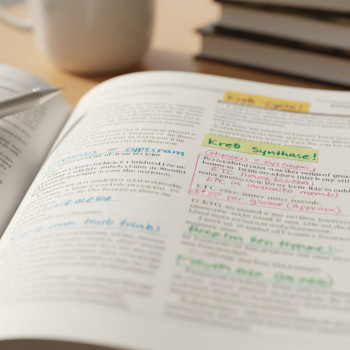
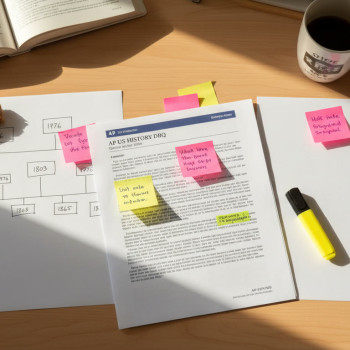


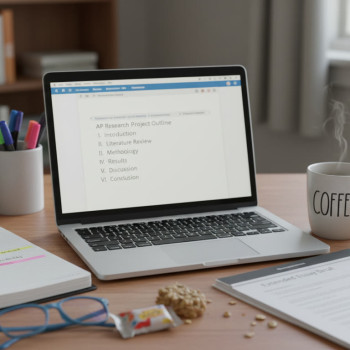
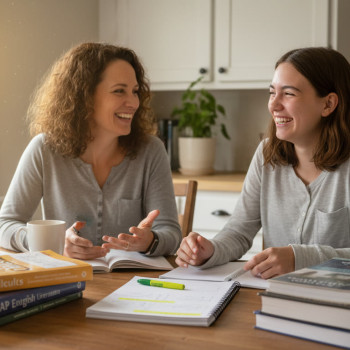

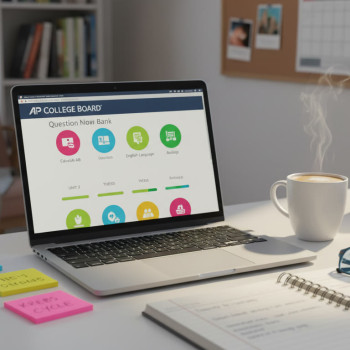









No Comments
Leave a comment Cancel